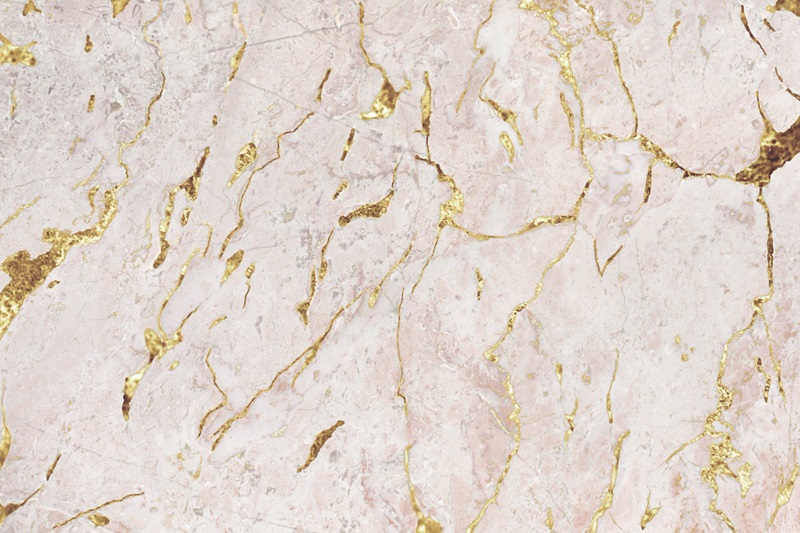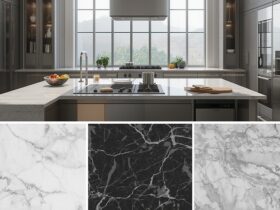Marble has captivated humanity for centuries with its elegance, durability, and versatility. From ancient Greek temples to modern luxury interiors, this natural stone has always been a symbol of sophistication and artistic excellence. Known for its distinctive veining and smooth finish, marble is widely used in construction, interior design, art, and sculpture. In this article, we’ll explore the history, properties, applications, benefits, and care of marble to understand why it continues to be one of the most admired natural stones in the world.
The Historical Significance of Marble
Marble has a rich cultural and architectural legacy. Ancient civilizations such as the Greeks and Romans used marble extensively in temples, monuments, and sculptures. Famous structures like the Taj Mahal in India, Parthenon in Greece, and Michelangelo’s David are perfect examples of marble’s timeless appeal.
Its association with royalty, luxury, and fine craftsmanship has made marble a preferred choice in palaces, religious structures, and artistic masterpieces throughout history.
How Marble is Formed
Marble is a metamorphic rock formed when limestone undergoes intense heat and pressure within the Earth’s crust. This process recrystallizes the original carbonate minerals, resulting in the dense, veined stone we know as marble.
-
Main Component: Calcium carbonate (CaCO₃).
-
Colors: White, black, green, pink, brown, and multi-colored varieties.
-
Veining: Created by mineral impurities such as clay, sand, and iron oxides.
This natural process makes every slab of marble unique, with patterns and shades that cannot be replicated.
Types of Marble
Different regions of the world produce distinctive varieties of marble, each with unique colors and veining patterns. Some of the most popular types include:
-
Carrara Marble (Italy) – Famous for its soft white background and subtle grey veining.
-
Calacatta Marble (Italy) – Known for its bold veining and luxurious appearance, often used in high-end projects.
-
Statuario Marble – Highly prized for its dramatic grey veining on a bright white background.
-
Makrana Marble (India) – Used in the Taj Mahal, renowned for its pure white beauty.
-
Green Marble (India) – Unique for its rich green tones, widely used in flooring and wall cladding.
-
Emperador Marble (Spain) – Features brown shades with fine veins, suitable for classic interiors.
Applications of Marble
Marble is one of the most versatile natural stones, used across residential, commercial, and artistic projects.
1. Architecture and Construction
-
Flooring in luxury homes and commercial spaces.
-
Wall cladding for both interiors and exteriors.
-
Staircases, columns, and facades for timeless appeal.
2. Interior Design
-
Kitchen countertops and bathroom vanities.
-
Fireplace surrounds and decorative wall panels.
-
Tabletops, shelving, and accent pieces.
3. Art and Sculpture
Artists and sculptors have long favored marble for its ability to hold intricate details. From ancient statues to modern art installations, marble remains a preferred medium.
4. Landscaping
Crushed marble is often used in gardens, pathways, fountains, and outdoor décor for an elegant look.
Benefits of Using Marble
-
Aesthetic Elegance
Marble exudes natural beauty and luxury. Its glossy finish and striking veining enhance the visual appeal of any space. -
Durability
With proper care, marble can last for decades, making it a strong investment for long-term projects. -
Heat Resistance
Marble stays cool under high temperatures, which is why it has been used in kitchens, temples, and outdoor spaces for centuries. -
Versatility
Available in a wide range of colors and patterns, marble complements both modern and traditional designs. -
Increased Property Value
Homes and commercial spaces with marble flooring or countertops often command higher resale values due to their luxurious appeal.
Caring for Marble
While marble is strong, it requires proper care to maintain its shine and prevent damage:
-
Sealing: Always seal marble surfaces to protect them from stains and moisture.
-
Cleaning: Use mild, pH-neutral cleaners. Avoid acidic cleaners like vinegar or lemon juice, as they can etch the surface.
-
Protection: Use mats, coasters, and trays to prevent scratches and stains from spills.
-
Polishing: Professional polishing restores marble’s shine and removes minor scratches.
Regular maintenance ensures that marble retains its beauty for generations.
Marble vs. Other Natural Stones
-
Marble vs. Granite: Granite is harder and more scratch-resistant, but marble offers unmatched elegance.
-
Marble vs. Quartzite: Quartzite is tougher, while marble is easier to shape for detailed designs.
-
Marble vs. Limestone: Marble is more refined and durable compared to limestone.
Each stone has its strengths, but marble stands out for its historical prestige and aesthetic appeal.
Modern Trends in Marble Usage
-
Bookmatching: Arranging marble slabs side by side to create mirror-like patterns.
-
Matte Finishes: Honed or leathered finishes are trending over traditional polished marble.
-
Marble Furniture: Coffee tables, dining tables, and office desks made of marble add sophistication to interiors.
-
Sustainable Choices: Ethically sourced marble is gaining popularity in eco-conscious projects.
Conclusion
Marble is more than just a building material it is a legacy of elegance, history, and artistry. From ancient wonders to modern architectural masterpieces, marble continues to inspire designers, builders, and homeowners worldwide. With proper sourcing and care, this timeless stone transforms any space into a work of art.
Whether you are renovating your home, designing a luxury commercial space, or seeking inspiration for artistic creations, marble remains the ultimate symbol of beauty and refinement.










Leave a Review